The Amarnath Yatra is a revered pilgrimage undertaken by millions of devotees each year, seeking blessings at the sacred Amarnath Cave, nestled amidst the Himalayas in the Indian union territory of Jammu and Kashmir. This arduous journey demands meticulous preparation and adherence to specific guidelines to ensure a safe and spiritually fulfilling experience. In this comprehensive guide, we present essential travel tips encompassing dos and don’ts, packing essentials, health considerations, accommodation options, registration procedures, transportation, and more, to assist pilgrims in navigating through this transformative pilgrimage.
Preparing for the Journey
Understanding the Significance of Amarnath Yatra
- Delve into the historical and religious significance of the Amarnath Yatra, tracing its roots back to ancient Hindu mythology and the legend of Lord Shiva’s manifestation in the form of an ice lingam.
- Emphasize the spiritual significance of undertaking this challenging pilgrimage, highlighting its role in fostering devotion, self-reflection, and spiritual rejuvenation.
Researching Travel Requirements and Regulations
- Provide insights into the registration process mandated by the Shri Amarnathji Shrine Board (SASB) and the requisite documentation needed for participation.
- Outline the age restrictions and health considerations imposed for the safety of pilgrims, advising against the participation of children below 13 years, individuals above 75 years, and pregnant women beyond six months.
Essential Packing Guide
Clothing and Gear
- Recommend packing heavy woolen clothing, including jackets, sweaters, socks, mufflers, and warm caps, to combat the cold weather prevalent in the region.
- Highlight the importance of wearing appropriate trekking shoes with sturdy soles to navigate rugged terrain safely and comfortably.
- Stress the necessity of carrying rain gear, umbrellas, and waterproof bags to shield against unexpected rainfall and maintain dryness.
Hygiene and Personal Care
- Encourage pilgrims to pack essential personal care items such as sunscreen, moisturizers, lip balms, and hygiene products to protect against sunburn, dryness, and skin ailments.
- Advocate for the inclusion of a basic first-aid kit containing bandages, antiseptic creams, pain relievers, and medication for common ailments to address minor injuries and illnesses during the journey.
Food and Water Supplies
- Suggest carrying lightweight, energy-boosting snacks such as dry fruits, nuts, energy bars, and glucose biscuits to replenish energy levels and stave off hunger during the trek.
- Emphasize the importance of staying hydrated by carrying an adequate supply of bottled water and electrolyte solutions to prevent dehydration and altitude-related illnesses.
Health and Safety Guidelines
Physical Preparation
- Provide tips on maintaining physical fitness through regular exercise routines, including walking, jogging, and yoga, to enhance endurance and acclimatize to high altitudes.
- Stress the significance of gradual acclimatization and altitude sickness prevention strategies, such as staying hydrated, avoiding overexertion, and adhering to recommended ascent rates.
Safety Measures
- Highlight the importance of adhering to designated trekking routes, avoiding shortcuts, and staying with the designated group at all times to minimize the risk of getting lost or separated.
- Educate pilgrims on recognizing and responding to altitude-related illnesses, including acute mountain sickness (AMS), and seeking prompt medical attention if symptoms worsen.
Accommodation and Facilities
Accommodation Options
- Provide an overview of accommodation facilities available along the pilgrimage route, ranging from government-run guesthouses and tents to private lodges and makeshift campsites.
- Offer insights into booking procedures, accommodation costs, and amenities provided, enabling pilgrims to make informed decisions based on their preferences and budget constraints.
Food and Dining Facilities
- Discuss the availability of langar facilities and communal kitchens offering free meals to pilgrims, fostering a sense of community and camaraderie during the journey.
- Highlight the significance of adhering to dietary restrictions and refraining from consuming alcohol and non-vegetarian food to maintain the sanctity of the pilgrimage.
Transportation and Logistics
Transport Options
- Outline the various transportation modes available for reaching the starting point of the Amarnath Yatra, including road, rail, and air travel options.
- Provide guidance on booking tickets, hiring private vehicles, and navigating through transportation hubs to streamline the travel process for pilgrims.
Communication and Connectivity
- Discuss the availability of telecommunication services and internet connectivity along the pilgrimage route, enabling pilgrims to stay connected with their loved ones and access essential information during the journey.
- Recommend carrying backup communication devices such as mobile phones, portable chargers, and satellite phones to ensure connectivity in remote areas with limited network coverage.
Dos and Don’ts
Dos
- Follow designated trekking routes and stay with your group at all times for safety.
Stay hydrated and carry energy-boosting snacks to maintain energy levels during the trek. - Adhere to age restrictions and health advisories to ensure a safe journey for all participants.
- Respect the environment by avoiding littering and maintaining cleanliness along the pilgrimage route.
- Seek medical attention promptly if experiencing symptoms of altitude sickness or other health issues.
Don’ts
- Don’t take shortcuts or stray from designated trekking paths, as it can lead to getting lost or separated from your group.
- Avoid consuming alcohol and non-vegetarian food during the pilgrimage to maintain its sanctity and spiritual significance.
- Don’t disregard warning signs or underestimate the challenges of the trek, including altitude-related illnesses.
- Refrain from littering or causing pollution along the pilgrimage route, respecting the sanctity of the environment and the pilgrimage site.
- Don’t overexert yourself or ignore symptoms of altitude sickness, as it can pose serious health risks and hinder your journey.
Conclusion
The Amarnath Yatra is not merely a physical journey but a profound spiritual odyssey that tests one’s endurance, devotion, and resilience. By adhering to the comprehensive travel tips outlined in this guide, pilgrims can embark on this transformative pilgrimage with confidence, preparedness, and reverence, ensuring a safe, enriching, and spiritually fulfilling experience amidst the awe-inspiring Himalayan landscape.


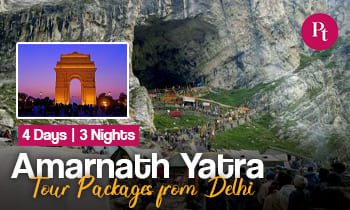
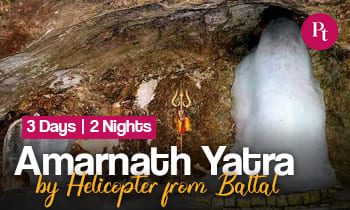

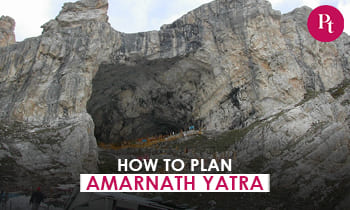
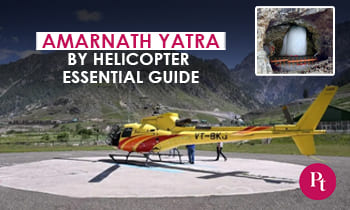

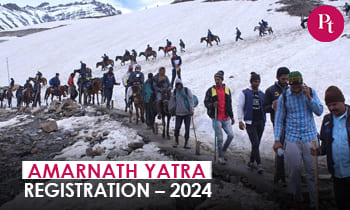
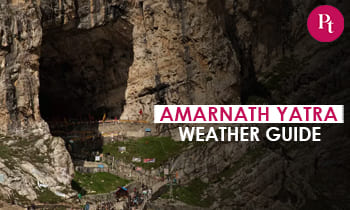
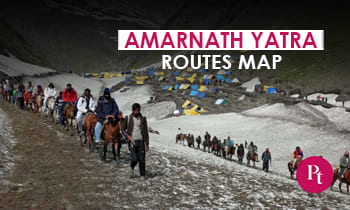
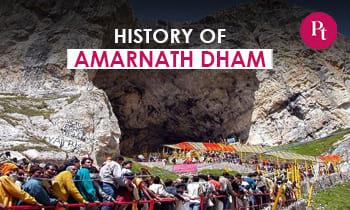
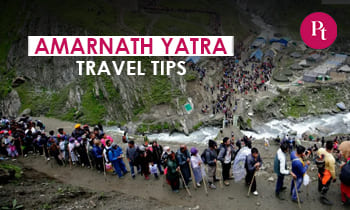
 Call
Call WhatsApp
WhatsApp Enquiry
Enquiry